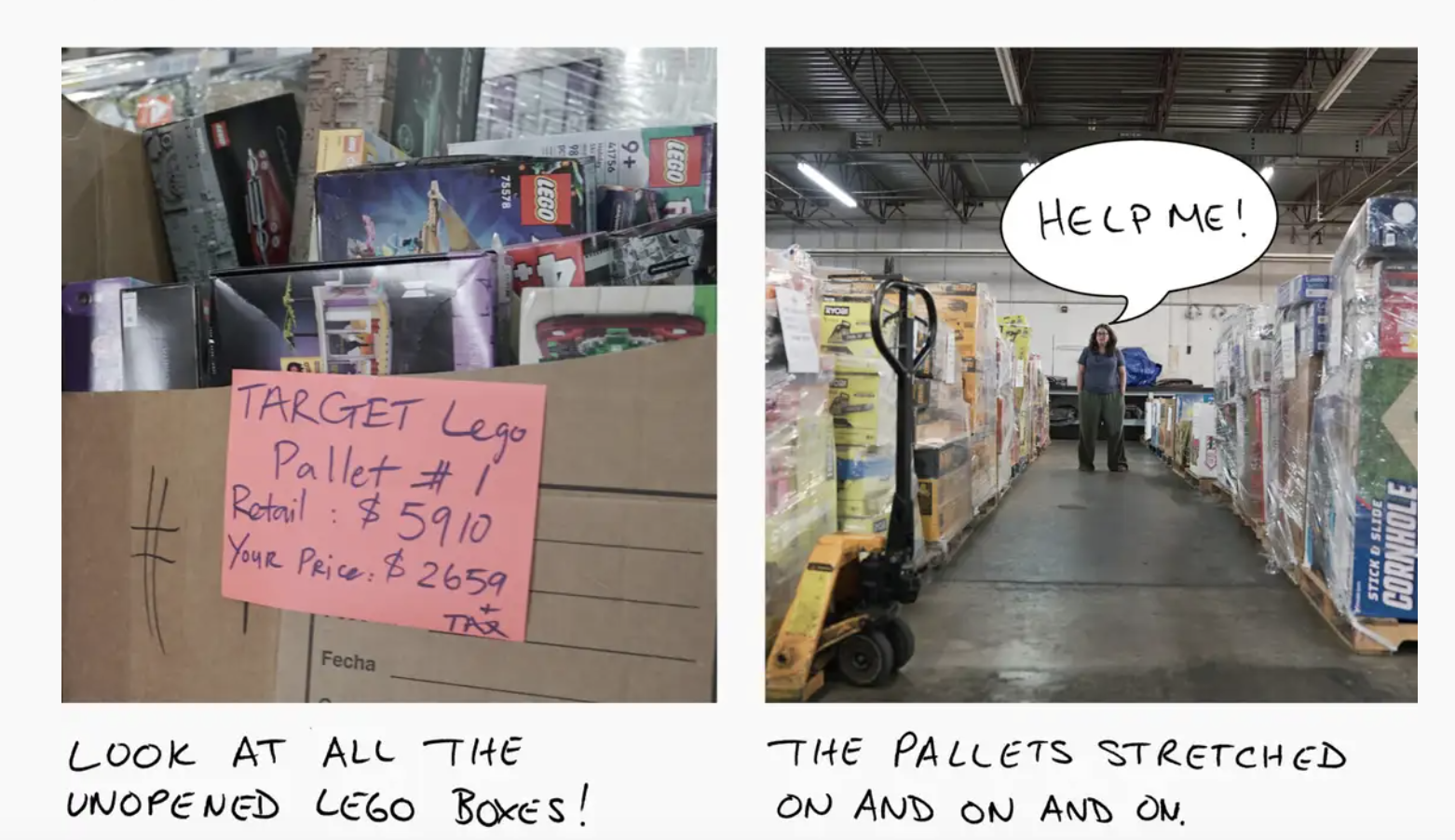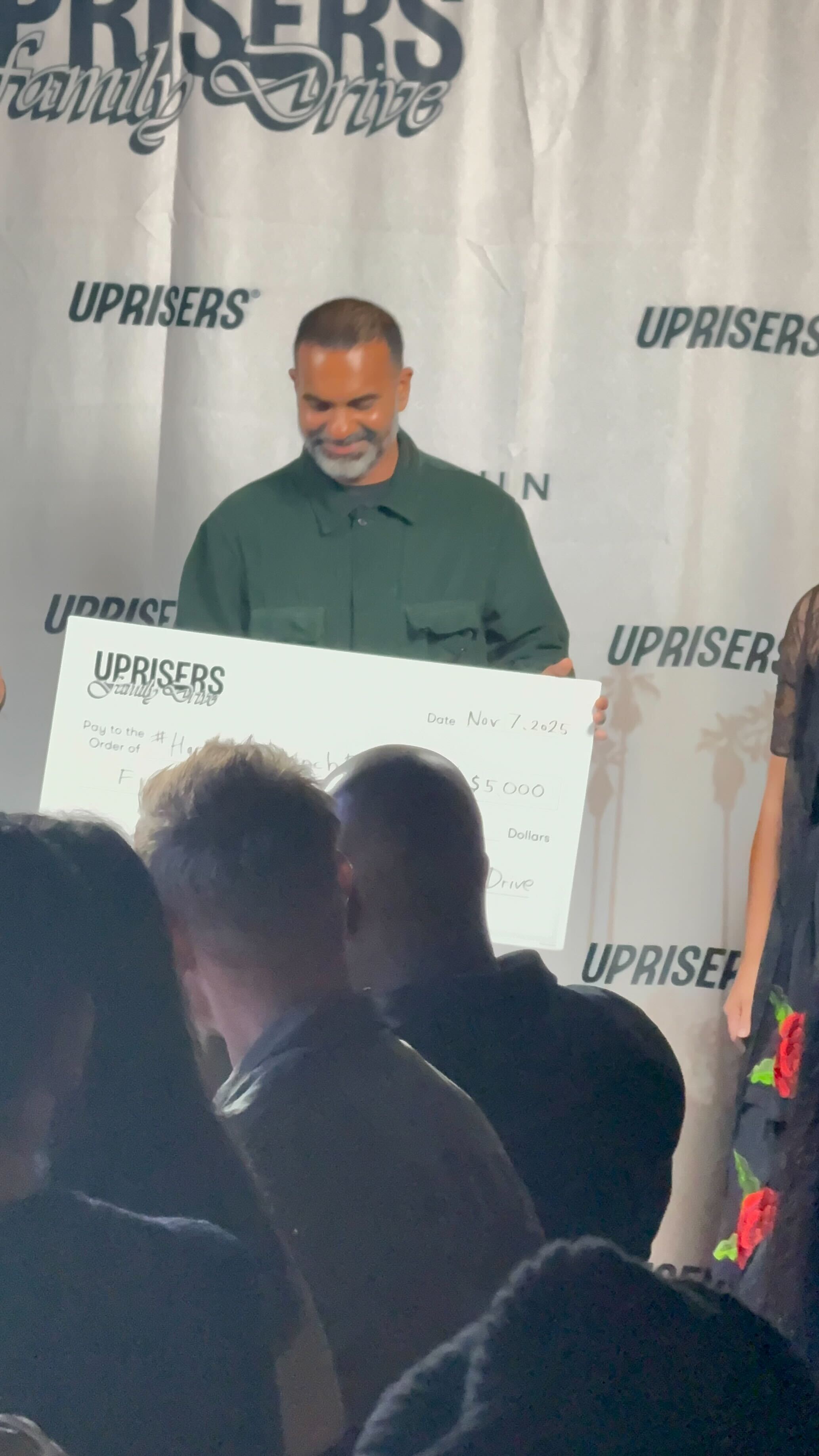


The Wirecutter recently published a piece about what really happens to returned and unsold products — and it validated what we’ve been working on at LiquiDonate for years.
Because here’s the truth: we’ve known about this system, we’ve seen it firsthand, and we’ve figured out how to solve it.
Most Returned Items Never Make It Back to a Shelf
A lot of things get returned. A lot of things never get bought in the first place.
And most of that product — pristine, unused, totally salvageable — never makes its way back into retail inventory.
Retailers do what they can within the constraints of their systems:
- Some items get donated.
- Some get sent back to manufacturers or third-party sellers.
- A lot gets sold off to liquidators for pennies on the dollar.
From there, everything is bundled into big boxes and pushed into the secondary market: discount chains, flea markets, random online shops. It sounds circular, but in reality, huge volumes still end up in landfills.
The Scale Is Hard to Ignore
In 2023 alone, 8.6 billion pounds of returns were landfilled.
Liquidation and resale are better than destruction, but they’re not the solution people want them to be.
Studies show:
- Resale doesn’t reduce new purchasing, and
- Liquidation often extends the journey without extending the life of the product.
These channels keep the machine running — they don’t create true circularity.
Donation Is Different — We’ve Seen It Work
When products are matched intentionally with nonprofits, schools, and people who genuinely need them, the whole story changes.
Returns stop being a waste center.
They become a second life.
This is why we built LiquiDonate:
- To turn the saddest moment in retail — the return — into measurable community impact.
- To build real circularity, not theoretical circularity.
- To give retailers a path that’s operationally simple, economically smart, and socially meaningful.
We Don’t Need More Stuff in Landfills. We Need Better Systems.
And the good news? We’ve seen what that better system looks like.
Now it’s time to scale it.









